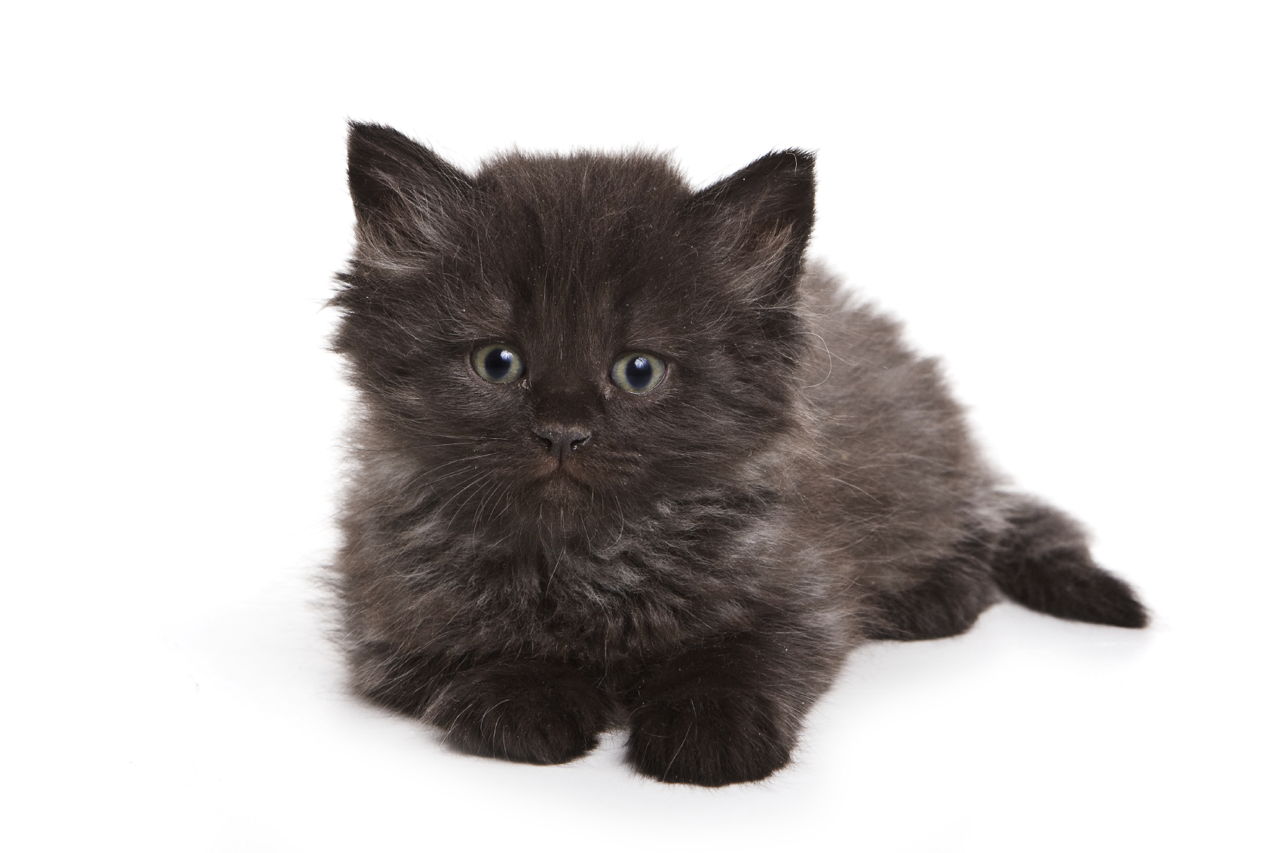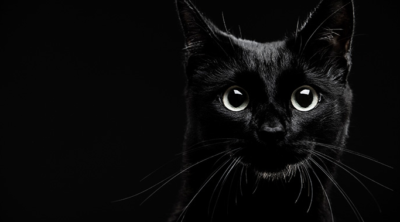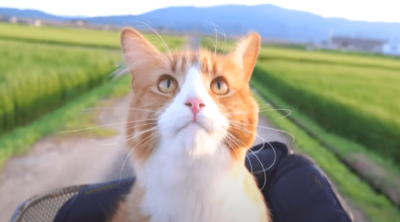
Ringworm is a skin infection that affects the hair, nails, and skin of dogs, cats, and even humans. This article tells us about the causes, symptoms, and the process of treating ringworm in cats.
It is generally thought that ringworm is caused by worms curling up in the tissues. However, this is actually a fungal infection that infects the skin. A circular mark is visible on the skin that looks like a worm trail. The infection is air-borne and can spread to humans from their pets.
Ringworm in cats is caused by Microsporum canis 90 percent of the times. The other fungal species that can cause this condition are Microsporum gypseum, or Trichophyton species. The fungus spreads from other infected animals or infected soil where the animal digs. The spores that this fungus sheds from an infected animal remains viable for up to 24 months. These spores can spread on beds, furniture, brushes, etc., that has come in contact with the infected animal.
The optimum condition for the growth of this fungus is a humid and warm environment. About 20% of the cats are known to be asymptomatic carriers, i.e., they carry the fungus without any signs of infection. Cats under 12 months of age are more susceptible to the infection. Immunocompromised cats, long-haired cats, and cats under stress are known to be more prone to it.
Symptoms
If a cat is infected, it may exhibit circular patches of hair loss around the head and limbs. This may be seen on other parts of the body as well. You may find gray patches of baldness. There may be redness and itching around the area of infection. A type of dandruff known as Seborrhea sicca, may also be observed. The skin becomes dry and flaky, and the claws and claw bed also become infected.
Treatment
It is very important to treat your cat once it is diagnosed with ringworm. A healthy feline will be cured of the infection on its own within 2 to 4 months. However, as the infection is highly contagious, it is necessary to take medical help. Treating ringworm in cats involves several steps to fully cure the infection.
The first step the veterinarian may take is curing flea and cheyletiella mite infection, if any. This is because these parasites may cause skin damage and make the cat more prone to ringworm.
A licensed veterinarian may prescribe Itrafungol that contains itraconazole. This is a one week therapy that is followed by one week off therapy. This therapy has to be repeated for three weeks.
Terbinafine maybe used two or six weeks of therapy under careful monitoring. Lufenuron, a flea control product can be used to prevent dermatophyte infection.
The other most important treatment is topical therapy. The best way for treating ringworm in cats is washing the body with shampoo.
Lime sulfur dips are the most effective in the treatment. Long haired cats can be clipped to increase the effectiveness of the topical therapy. Stop your cat from licking itself before the coat dries up, because, the drug may induce vomiting. Make sure you bathe your cat every 4-6 days for about 2 to 4 weeks. Do not be alarmed if the coat turns yellow. It is quite natural for lime sulfur to cause yellowing. The color will fade in time.
Griseofulvin is a common antifungal drug that is licensed to be used in cats. It alters the structure and function of the micro tubules in the fungal cell wall. This helps the immune system to take over and ward off the infection.
Prevention
Vaccination is the best way of prevention in cats. You can vaccinate your cat with a vaccine made by Fort Dodge. This vaccine is useful for treating the M. canis infection only. The vaccine temporarily reduces the clinical signs of the condition. They are effective and work well in combination with topical and systemic therapy.
It is necessary to carry out decontamination of the house to prevent another infection. Vacuum carpets, heating and ventilation ducts to dispose of spores. Burn the vacuum bag as the sole method of disposal. You can also use bleach to wash off all the hard surfaces like floors, litter boxes, cages etc., at least twice a week. You can also use virkon a disinfectant powder mixed in water to wash the surfaces and make them free from spores.
Your cat maybe contagious for 3 weeks after the aggressive treatment. It will be free from infection once the treatment is completed.


